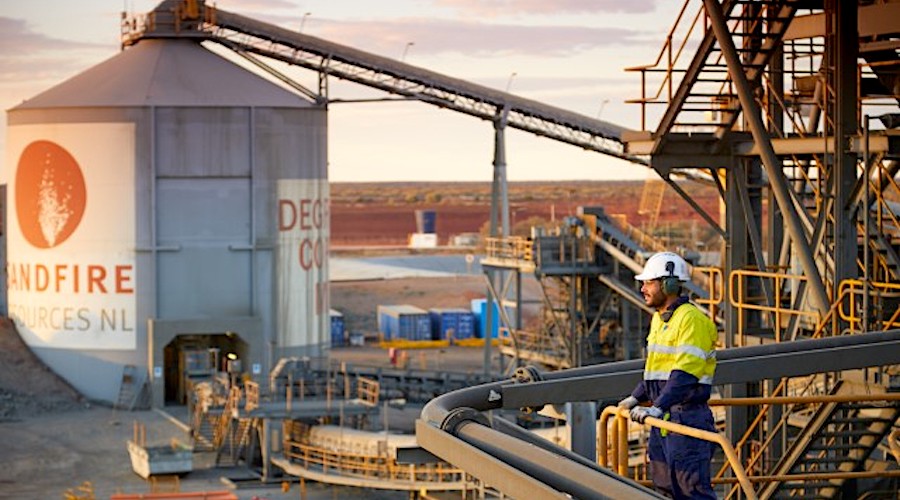Sandfire Resources apologizes for Aboriginal heritage damage
Cecilia Jamasmie | November 30, 2023 |

DeGrussa copper-gold operations’ plant. (Image courtesy of Sandfire Resources.)
Sandfire Resources (ASX: SFR) said on Thursday it had become aware it had destroyed Aboriginal artefacts at its Western Australia-based DeGrussa copper operations, which were placed on care and maintenance in the June 2023 quarter.

The damage happened in 2017 and 2018 at Sandfire’s Monty copper mine, 900 kilometres (559 miles) north east of Perth. The company attributed the accident to a “series of process failures” during the construction of a satellite mine.
Chief executive Brendan Harris said he was “extremely sorry” and noted his company had informed traditional owners and the state’s heritage regulator.
“Our local communities are of critical importance to us and we will work hard to rebuild our relationship with the Traditional Owners,” Harris said.
The copper miner said it had launched an investigation to determine where its processes failed and to identify where it can improve its approach to historical matters.
Processing at the DeGrussa operations, which comprises the DeGrussa and Monty cooper-gold mines, ended in May this year and activities have been halted since.
The review that uncovered the artefact scatter disturbance was part of the company’s efforts to sell the DeGrussa operation.
The Western Australian mining complex was a success story when it began, as it achieved or surpassed production guidance for 10 years straight. DeGrussa also helped Sandfire evolve from junior explorer to mid-tier copper producer in less than four years.
Juukan Gorge on repeat
Mining giant Rio Tinto drew the ire of traditional owners and international backlash in 2020 after the company decided to destroy ancient Aboriginal heritage sites in Western Australia to make room for a mine expansion.
The incident not only triggered the exit of then-CEO chief executive Jean-Sébastien Jacques, but also of the company’s chairman and two senior executives.
Rio Tinto was ordered to compensate the traditional owners for the destruction of the 46,000-year-old sacred caves and to rebuild them.
The world’s second largest miner had received government permission for the blasts through the 1972 Aboriginal Heritage Act, which had been under review since 2012.
Western Australia passed new Aboriginal heritage protection laws in July this year, but scrapped them just five weeks later as farmers, Indigenous groups and mining explorers all said there was significant uncertainty over how the complicated, proscriptive new laws would be implemented.
In September this year, Rio admitted once again to damaging a rock shelter in Western Australia’s Pilbara region while blasting at a nearby iron ore mine. The company did not issue a public statement for seven weeks.
No comments:
Post a Comment